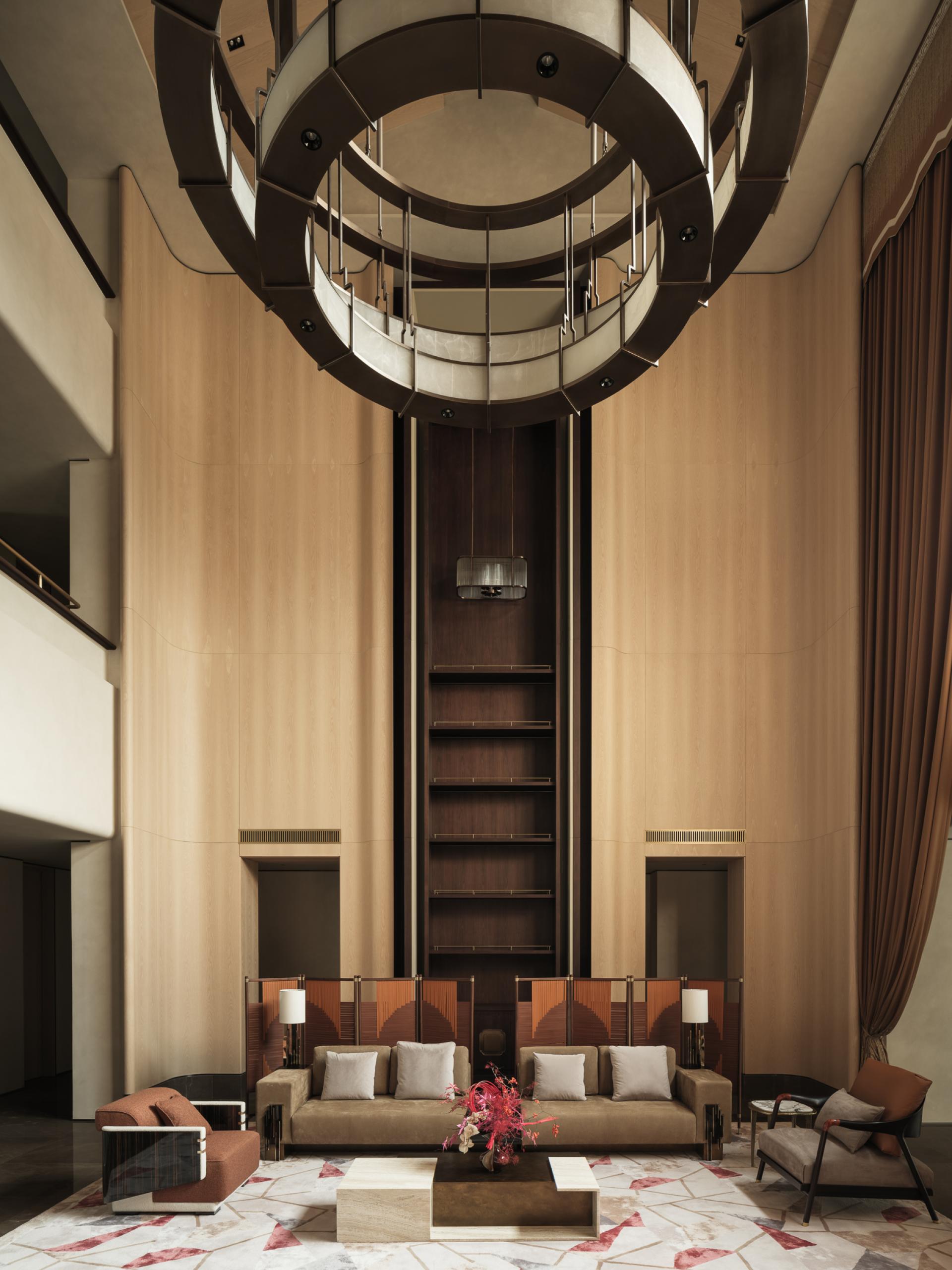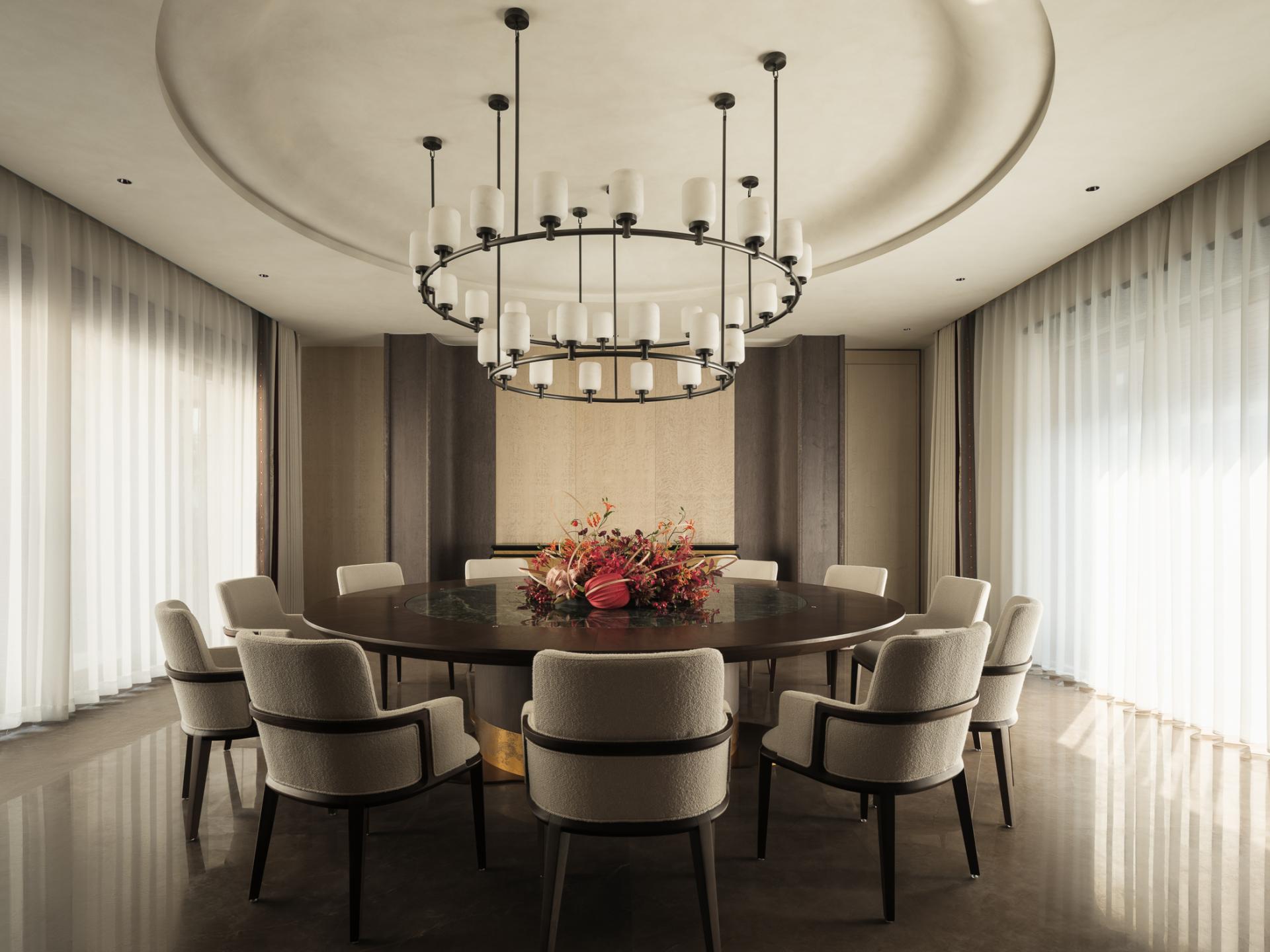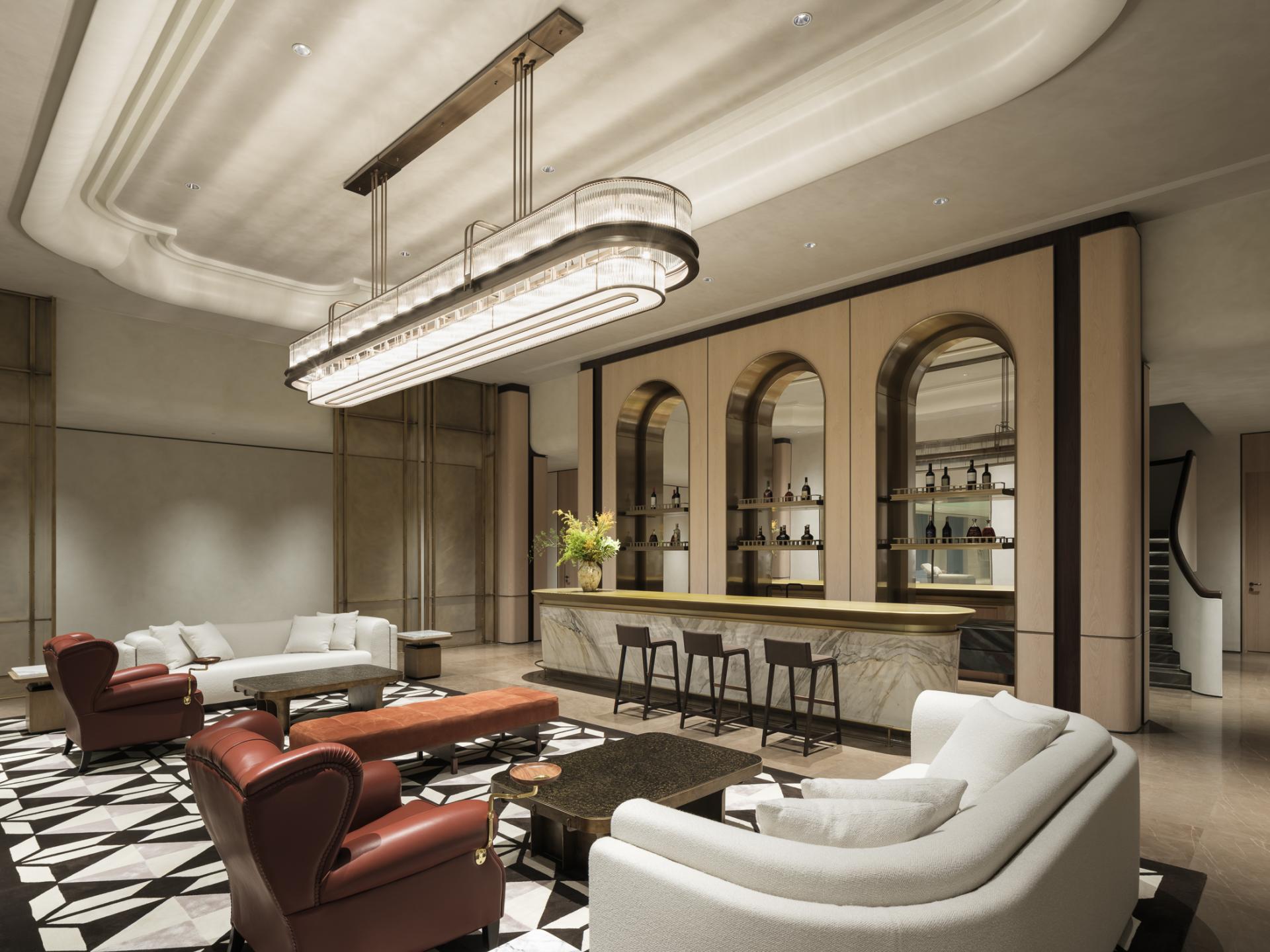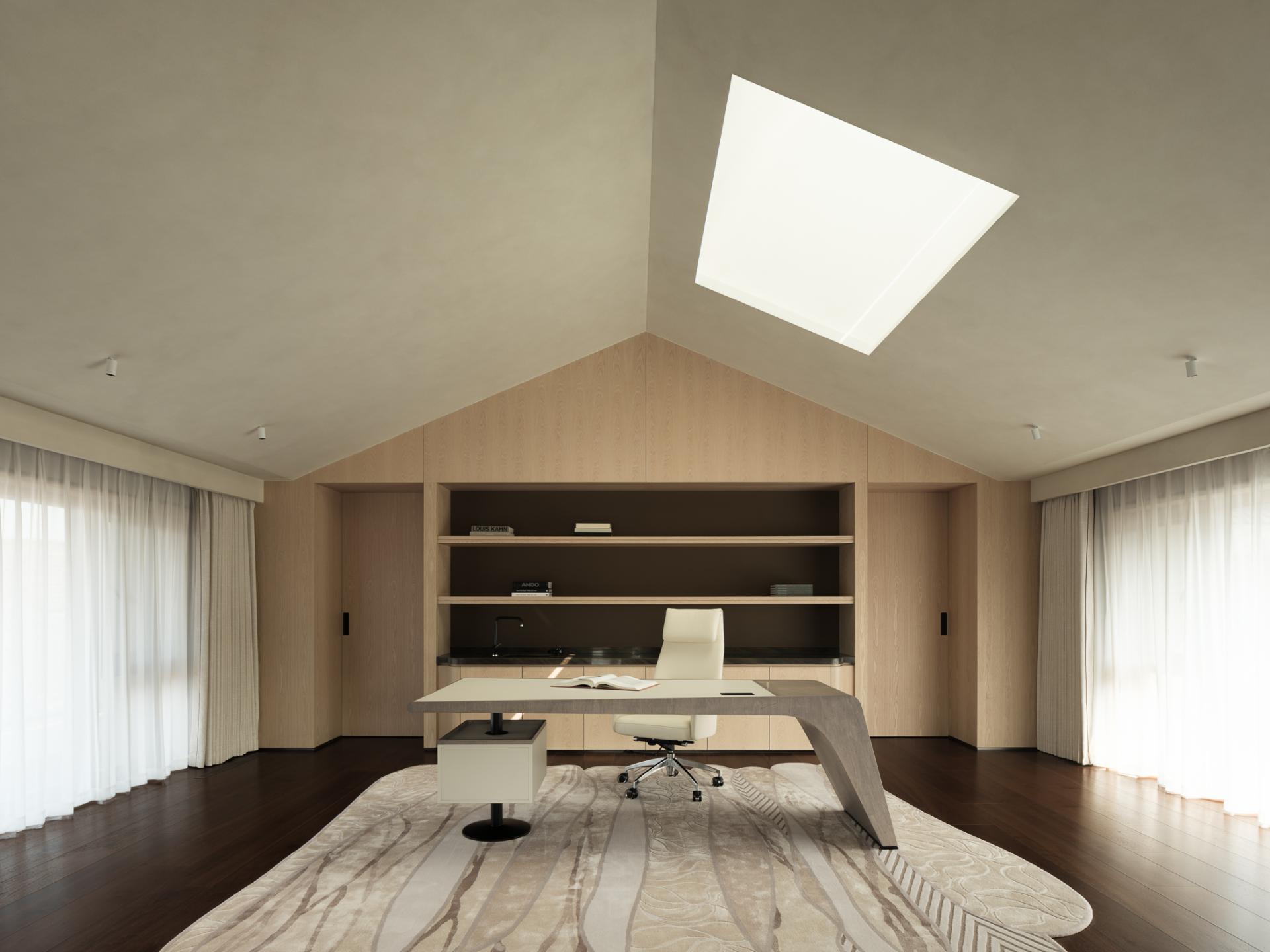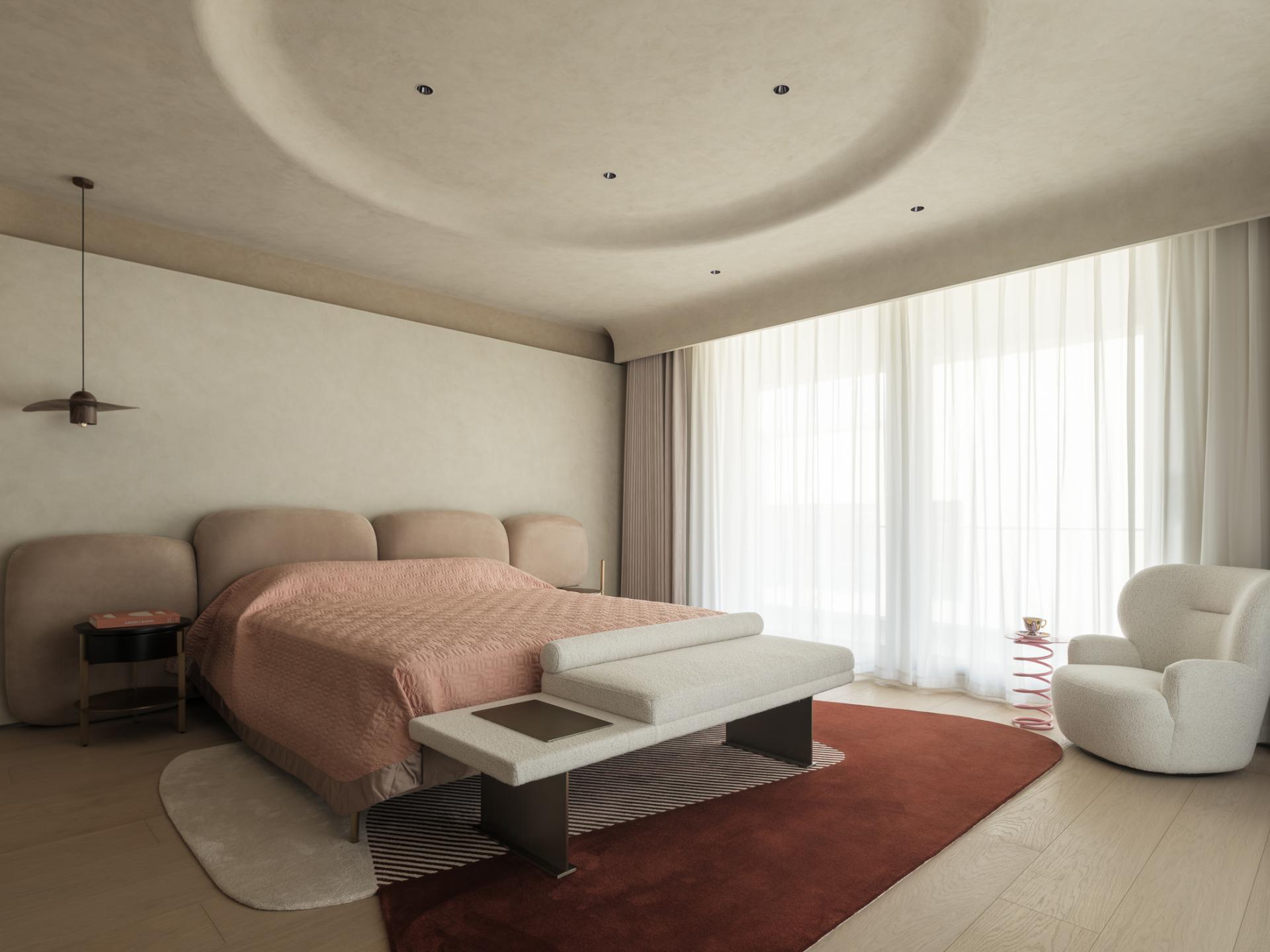2025 | Professional

XI 'AN OCT 108 PROJECT
Entrant Company
AOE DESIGN
Category
Architectural Design - Sustainable Living / Green
Client's Name
SHANXI YI MAO REAL ESTATE CO., LTD
Country / Region
China
This project is China's first active villa building, which has been in operation for nearly a year. Compared with traditional villas, its annual total electricity consumption is 72 kWh/m², only one-fifth of the standard for medium to large villa buildings in China.
Proactivity: The 3,600-sqm building has 26 sensors (CO2, PM2.5, humidity, temperature, light, rain, wind, etc.) monitoring indoor/outdoor environments. It uses intelligent learning to adjust the indoor climate. Data is stored for future reference, displayed in the interaction center, making the building "speak." Family interaction spaces on each floor foster connectivity.
Comfort: The building has three floors above ground, each covering 800 square meters, and a 1,200-square-meter basement. It enjoys natural lighting throughout the day, making occupants feel like they are in a sunny box. All skylights can be opened, a design that extends the transitional ventilation season across different climate zones, enhancing comfort while reducing energy consumption. The indoor fresh air rate is designed to be 85 m³/H, ensuring ample fresh air to keep people energized.
Energy: Active House emphasizes both consumption and production. It uses clean energy, with 569 roof-mounted PV panels generating 69,121 kWh annually. LED, skylight, and soft membrane lights cater to various needs, consuming only 3% of total energy, significantly lower than traditional villas. Adequate natural light enhances comfort and reduces energy use, while natural ventilation is crucial for lowering operational costs.
Environment: With a focus on environmental protection and sustainability, the building minimizes decorative materials in design and prioritizes eco-friendly, recyclable materials. During decoration, big data and SaaS applications on eco-materials are used to prevent pollution at the source, ensuring healthy indoor air.
Technological Innovation: Built on Active House principles, it prioritizes occupant well-being, energy efficiency, and sustainability. Technologies include pollution control, PV power, capillary tube networks, enhanced insulation, and automatic climate control.
Credits
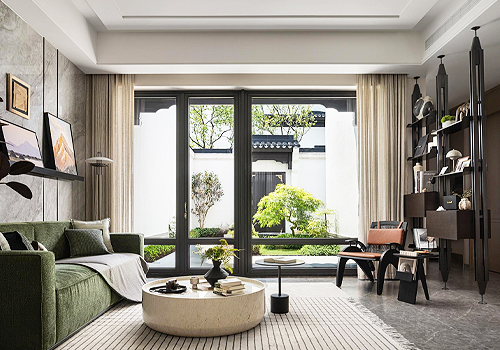
Entrant Company
Guangzhou Dapu Art Design Co., Ltd
Category
Interior Design - Showroom / Exhibit


Entrant Company
Shenzhen Lute Jiacheng network technology Co., LTD
Category
Product Design - Pregnancy & Maternity

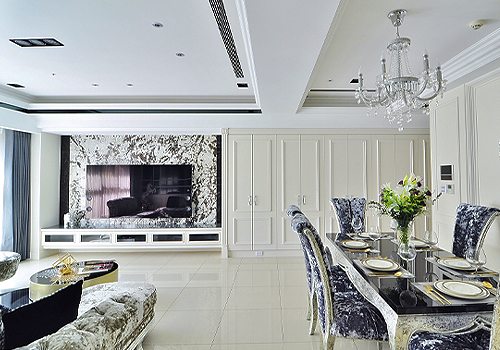
Entrant Company
Insist Space
Category
Interior Design - Residential


Entrant Company
Jingdezhen Pinmoshanya Ceramic Creative Factory
Category
Product Design - Bakeware, Tableware, Drinkware & Cookware


